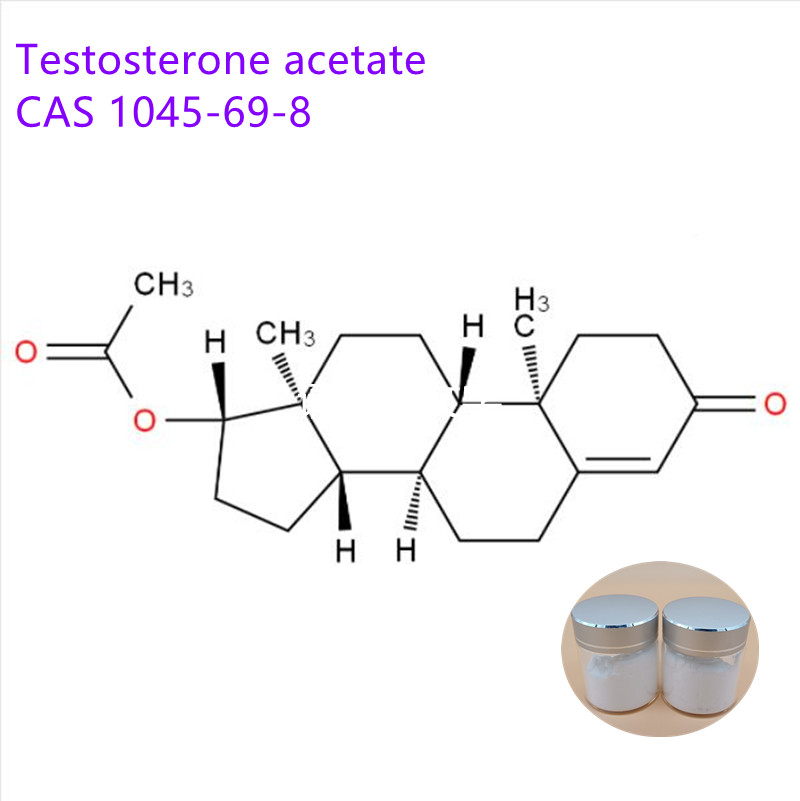The need to build a precise medical knowledge base
These years have benefited from the development of sequencing technology, especially the second-generation high-throughput sequencing technology, which makes it possible for our general population to obtain their own genomic information quickly and cheaply, and to promote the rapid development of traditional medicine to precision medicine. However, whether it is a generation of Sanger sequencing, second-generation high-throughput sequencing, or conventional molecular level detection such as PCR, biochip, immunohistochemistry, etc., we can only tell us some variability information of the subject, but can not directly tell Based on this information, we should make clinical decisions.
The association between histological variation and clinical phenotype and treatment effect is not determined by an individual sample, but requires a large sample of group studies to confirm, that is, evidence-based evidence is needed. Therefore, constructing a knowledge base based on objective evidence-based omics and clinical information correlation has become an inevitable way to achieve clinical application of precision medicine .
Recently, the FDA and CSCO have introduced guidelines to clearly indicate that it is necessary to issue a report on the clinical annotation of the sequencing analysis results through an evidence-based genetic variation knowledge base. For example, the FDA pointed out that in the evaluation of NGS-based testing, the applied knowledge base must integrate multi-level scientific evidence with corresponding weights; data selection and entry must have detailed and standard operating procedures and strictly follow its operation. As early as 2011, the founder of the company saw this demand and the inevitable trend forward, and started to build the iCMDB, an accurate medical knowledge base based on evidence-based literature.
The sources of information in the precision medical knowledge base can be divided into three categories: the first is a public omics database, such as NCBI, Ensembl, dbSNP, OMIM, PharmGKB, ClinVar, COSMIC, etc., we can extract the constitutive properties of the mutation; The second category is the FDA, CFDA, EMA, Drugbank, Clinical Trial, NCCN guidelines, ASCO, ESMO and other medical treatment databases, from which clinical diagnosis and treatment programs can be extracted; the third category is a large number of documents obtained from public literature databases such as Pubmed. The studies in these texts provide evidence of the relationship between clinical phenotype, omics variation, and diagnosis and treatment. When iCMDB extracts information from these documents, it will extract the data of its research design, research object, sample size and other data for each research, and give detailed evidence-based levels and weights. Manual review, as far as possible to provide accurate and objective basis. Therefore, iCMDB has obtained three types of medical device qualifications in Singapore, and CFDA and FDA have also been in the process of simultaneous approval. (Attach, the latest news, iCMDB has passed the FDA CAP certification as part of the overall process of precision medicine in Mount Sinai Hospital, USA)
Difficulties in building a knowledge base
The biggest difficulty in building a knowledge base is how to integrate multidimensional data and information from different sources, different levels, and different structures.
Match data from different system sources
The first element of clinical latitude information is disease disease. The systems for naming and classifying diseases include WHO's ICD system, OMIM, NLM's MeSH, SNOMED CT, and MedGene. These different systems do not have the same naming and grading of diseases. Data must be matched when integrating databases with different systems.
Specification of metadata for each variation level
In terms of omics, there are many latitudes in the hierarchy, including genomics, transcriptomics, proteomics, metabolomics, and epigenetics. There are many different levels of variation in genomics such as single nucleotide variation, insertion, deletion, substitution, duplication, copy number variation, transposition, chromosome microvariation, and karyotype. The data characteristics of different levels of variation are very different. It is necessary to formulate the metadata specifications of each variation level and carry out effective data integration and docking.
Unified standardization omics data
Over the years, the molecular biology and genetics community has made a lot of efforts to unify standardized omics data. For example, HGNC has unified the naming of human genes, including protein-coding genes, non-coding RNAs, and pseudo-genes; HGVS has a unified regulation of the expression format of genomic, transcriptome, and proteomic variability. Regrettably, these standards are not currently widely used.
As a small example, HGVS stipulates that the mutation position should be annotated at the 3' end of the transcript when the mutation result is the same. If the gene is in the positive strand, the mutation position occurs in the reference. The right end of the sequence (positive chain). Conversely, if the gene is in the negative strand, the position of the mutation occurs at the far left of the reference sequence (positive strand). However, the current recognition software on the market does not distinguish between positive and negative chains, but the annotation position is uniformly annotated at the leftmost end of the reference sequence (positive chain); even public databases such as COSMIC and ClinVar are widely used in this respect. Not unified. Most of the variations in COSMIC entry do not distinguish between positive and negative chains, and unified annotations are at the far left; ClinVar is mostly annotated at the far right. Without a unified transformation of these different formats, it is conceivable that it will affect the accuracy and comprehensiveness of downstream annotations.
Steroid hormones, also known as steroid hormones, are a class of tetracyclic aliphatic hydrocarbon compounds with a cyclopentane polyhydrophenanthrene nucleus. It has very important medical value. It has a clear role in maintaining life, regulating sexual function, body development, immune regulation, skin disease treatment and birth control.

Steroids include steroids (eg cholesterol, lanosterol, sitosterol, stigmasterol, ergosterol), bile acids and bile alcohols, steroid hormones (eg adrenal corticosteroids, androgens, estrogens),

Our company specializes in providing steroid series products, welcome to inquire and order

Steroids Oil,Steroid Powder,Steroids Injections,Steroid Powder And Oil
XI AN RHINE BIOLOGICAL TECHNOLOGY CO.,LTD , https://www.rhinebioteches.com